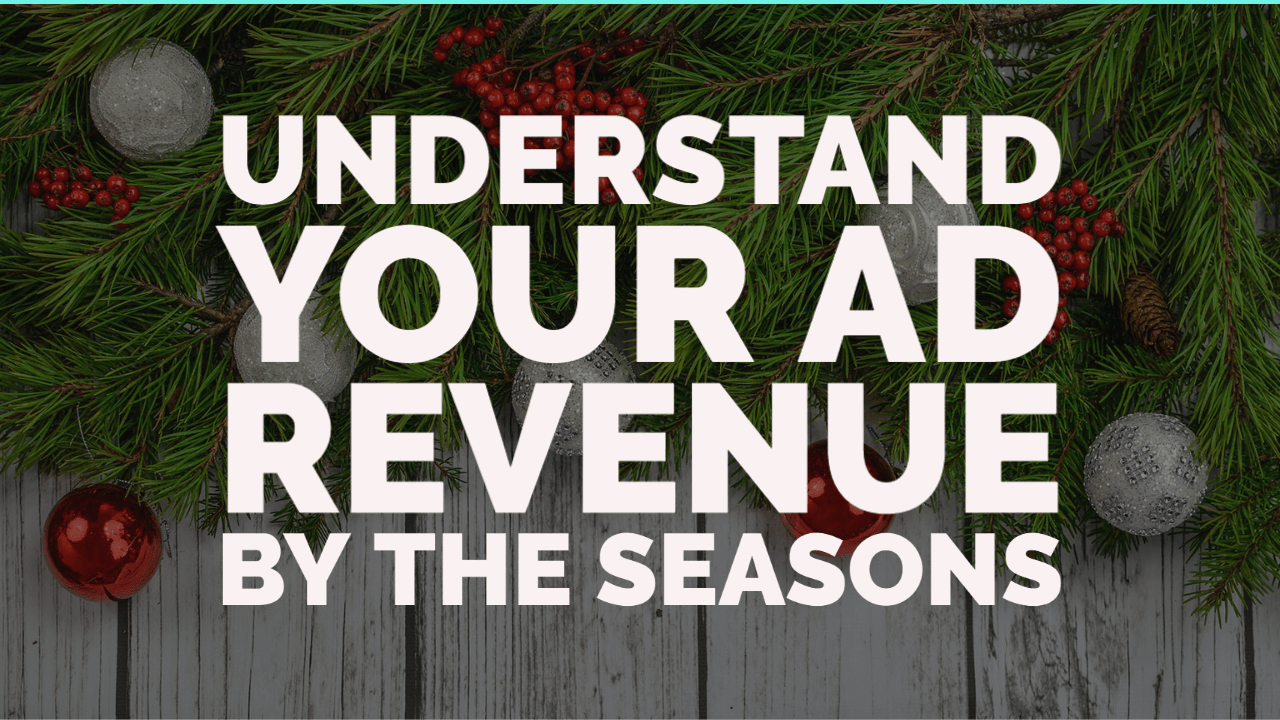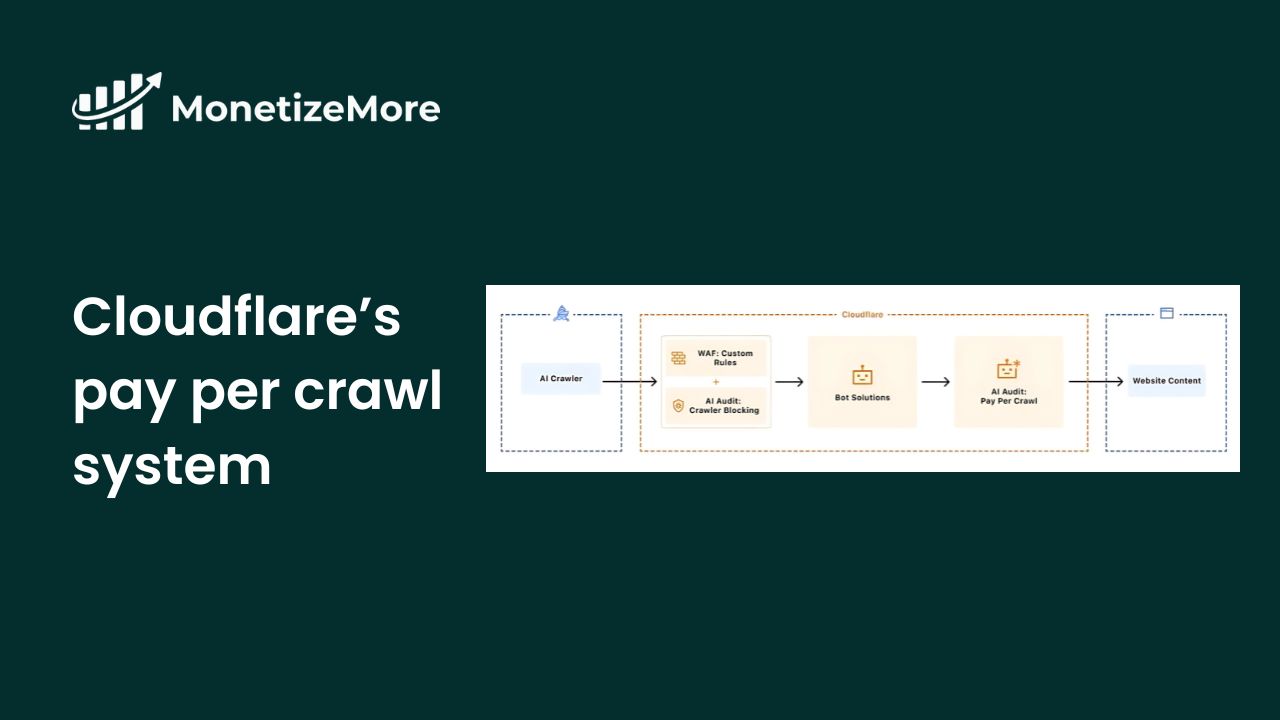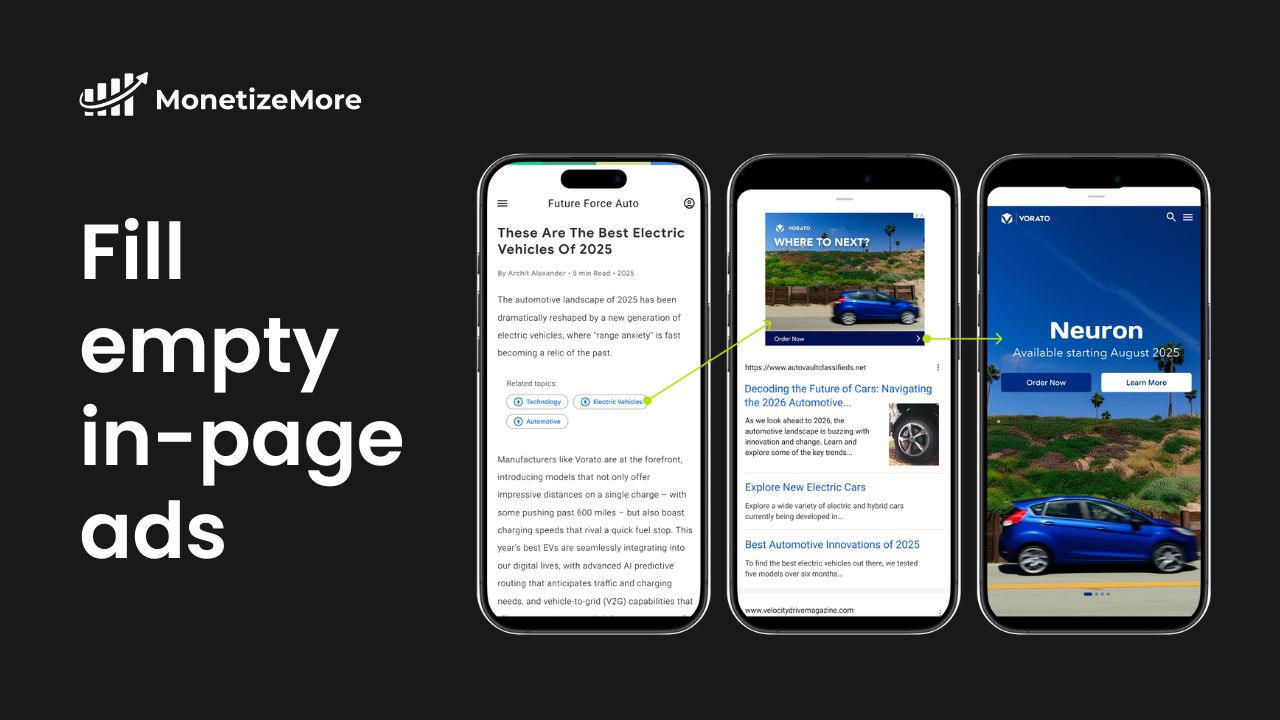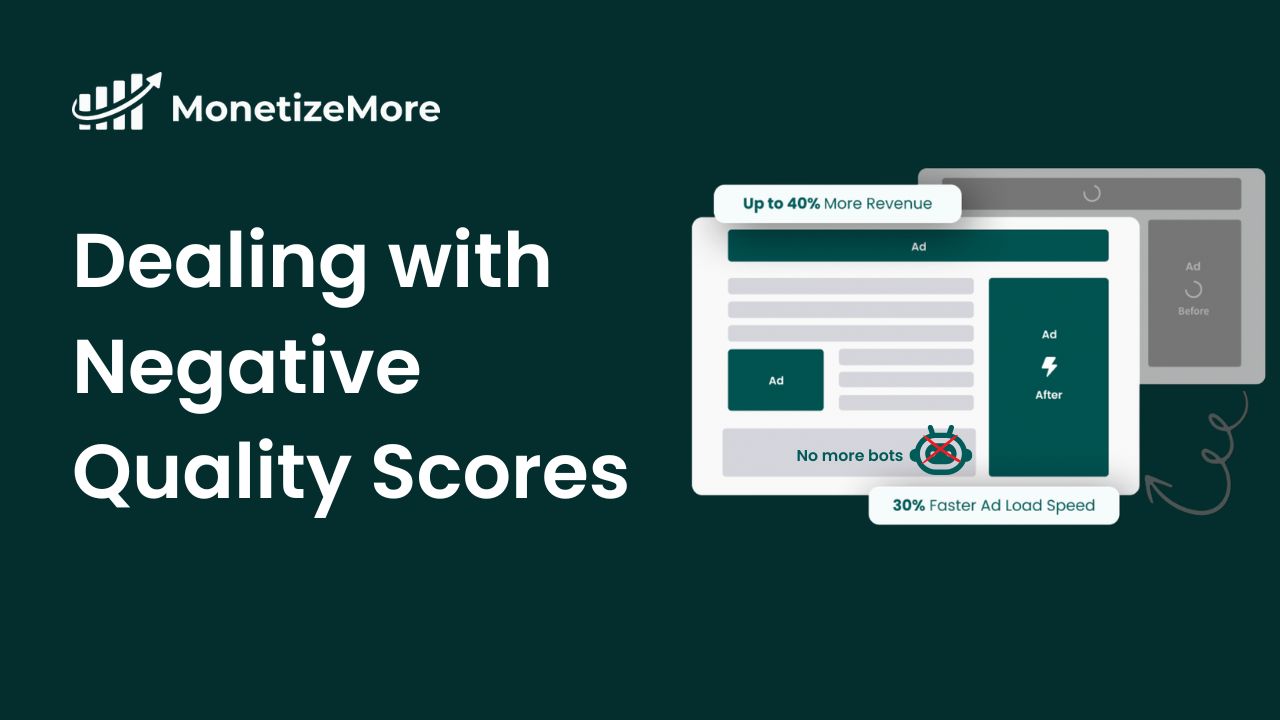
This post was most recently updated on September 8th, 2021
Ever wondered why your ad RPMs fluctuate throughout the year? It can be both frustrating and amazing to experience these fluctuations as a publisher. One moment the ad revenue RPMs might drop, and the next, it might earn the highest ad RPM ever.
It’s the beginning of September, and as we look ahead to the end of the summer months, it’s important to understand what seasonality trends to expect for your ad revenue. Ad seasonality refers to the impact on advertiser spending and ad revenue by consumer events and the seasonal trends in the ad industry.
This seasonality is driven by two main factors: RPMs and traffic. These are interlinked factors that are tied to seasonal periods of time throughout the year. These periods can be related to cultural holidays (Thanksgiving, Christmas, Hanukkah, Ramadan), commercial holidays (Valentine’s Day, Mother’s Day), or ad hoc events, like the Olympics or election years.
Advertisers usually forecast their spending in terms of monthly and quarterly goals.
Each quarter represents a different set of months in a year. It’s represented as follows:
Quarter 1: January, February, and March
Quarter 2: April, May, and June
Quarter 3: July, August, and September
Quarter 4: October, November, and December
As a result, we typically see spending lower at the beginning of a month or quarter, and higher at the end of a month or quarter. Advertiser spend also increases significantly for money spending events like Amazon Prime Day, Back to School, Black Friday, Christmas, graduations, and Valentine’s Day. For each of these events, publishers will see a corresponding increase in RPM.
We’ve made it through January, historically the lowest RPM month of the year. February and March likely saw an increase for your earnings and while better than January, April may have seen lower RPMs once again, due to end-of-quarter budgets. This month should have seen a nice increase, same with June, but the “summer slump” months follow directly behind.
January and July are often the slowest months for publisher revenue earnings. For some ad agencies, the end of their fiscal year is June and for others it is December. This would explain the increase in spending in June, as they try to use their budgets.
The increase in December spend would be not only because of the end of the fiscal year, but because it’s the largest shopping-related month of the year. Because of this, January and July tend to be the two slowest revenue months for publishers.
Here is a graph showing the RPM seasonal trends on a month-to-month basis.
Months: January, February, and March
Q1 is one of the lowest months in ad spending due to high ad spending in Q4 of the previous year and due to traffic decrease as well as consumer spend decrease.
Some advertisers start each year or Q1 with a new slate. This could mean new brands to promote, new campaigns, or new products.
At the end of January, you may see a bit of a lift for the Super Bowl. Valentine’s Day is in February, St. Patrick’s Day, spring break, and sometimes, Easter happens in March, so you can expect to see a bit of an RPM lift during these months.
Again to reiterate, seasonal events can lead to increased content performance and search interest, which can increase traffic, but much of what controls RPM trends are the actions of the advertisers.
Months: April, May, and June
April through June can vary from month to month. Many advertisers’ or ad agencies’ financial year ends in Q2. They usually try to spend all their budgets, and anything left gets spent during this time. That’s why publishers often have a great Q2 in terms of ad RPMs, especially moving to the end of June.
The summer slump can be a real thing for many bloggers and finding content opportunities to match summer search trends, such as vacations, activities for kids, DIY projects, swimwear trends, can offset the slow traffic.
Months: July, August, and September
In Q3, budgets could again be adjusted as some ad agencies, as mentioned in Q2, need to plan for the rest of the year. Publishers might experience some decrease or a slump during early Q3.
The summer slump continues through July, but steadily gains traction as we move into August and September. Back to School hits in August and advertiser spend begins to pick up. September picks up even more, as advertisers are preparing for the Q4 holidays.
Months: October, November, and December
In this quarter, Advertisers tend to increase budgets to spend more depending on consumer spending and seasonal factors. They want their ad budgets to have the most significant impact. This is go-time for the average publisher! Publish more content, refresh last year’s top performers, and let the ad revenue soar!
From October to December you can expect to see a significant jump in RPMs, as ad spend is at its highest due to all the shopping-related events, an increase in search traffic, and end-of-year spend.
In slower months, like January, it’s a great time to make any technical changes to your site that you held off on in Q4. It’s typically not recommended to make big adjustments to your site (ie redesign, migration, massive layout changes) during your heaviest traffic months.
This is probably the time when you have to aggressively decrease or remove CPM floors. Start dropping by 50% (e.g. $1.00 CPM floor reduced to $0.50 CPM). Observe how it impacts your Page RPM, Fill Rate or Coverage, and the percentage of Unfilled Impressions.
It’s time to find the new deals with a lower price point and test the new big sizes on the site. When adding sizes, go for the high-paying ones, depending on the space where the ad unit is deployed.
A lot of what was mentioned before, with the different holidays and events, is assuming that your blog even covers these topics. Depending on your niche, you may have to get more creative on how to include relevant seasonal content into the editorial flow.
But we would encourage you to try, as the online interest around those topics skyrockets around each event. And to go a step further, get creative with it. There will be one million ‘gifts for your husbands’ out there, find a way to make it more specific and unique, like ‘gifts for the men and women who love to camp’ or ‘gifts for your video gaming husband’. Long-tail angles can pay off in a big way.
Make sure you’re looking at your traffic to see what performed well last year during these time periods. If you can refresh a piece of content from the year before, it’ll give you more time to create new content and get more value out of content written in the past.
It’s important for all publishers to understand the seasonality trends of ad spend across each month. This way, you won’t be taken off guard when your January or July numbers are low, and you’ll also know how to prepare to capitalize on time periods of high advertiser spend.
As a publisher, you’ve got to be thinking about the holiday season right now. After all, Q4 is the busiest period of every year and the majority of eCommerce sales and retail advertising happen on Thanksgiving, Black Friday, and Cyber Monday.
The Covid-19 has accelerated many online consumers and advertising trends, including holiday shopping. The competition among advertisers has become fiercer and the ad spending is expected to increase substantially as consumers are avoiding visits to physical stores and preferring online shopping.
To ensure that you get the optimal ad revenue all year long – no matter what the season is – let an ad optimization expert help you with managing your ad inventory. Click here and book your free consultation with MonetizeMore!



10X your ad revenue with our award-winning solutions.